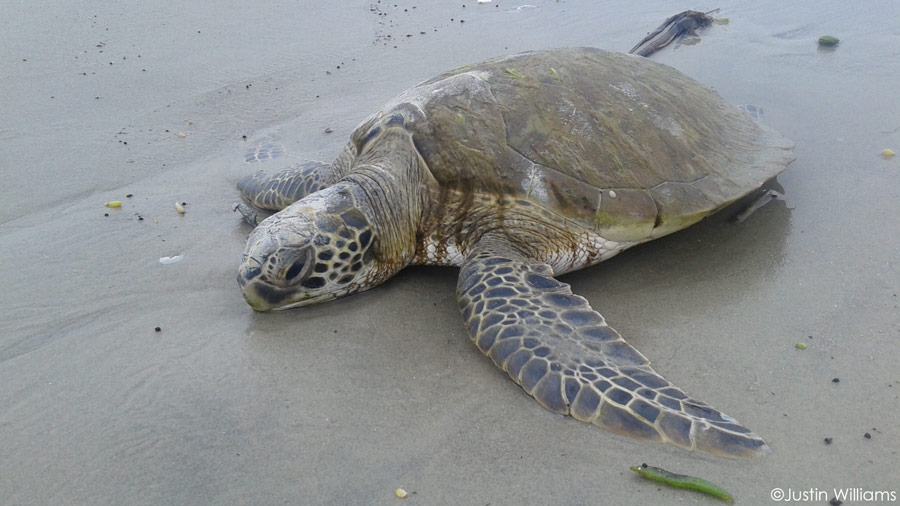 With recent drops in weather and water temperature, many communities on our coasts are experiencing hundreds of sea turtles, many of them dead, washing ashore. This phenomenon, known as cold stunning, refers to the changes sea turtles experience when they are exposed to cold water for an extended period of time. But as turtles head farther north to warmer waters that are the result of human-caused climate change, cold stunnings have become more frequent.
With recent drops in weather and water temperature, many communities on our coasts are experiencing hundreds of sea turtles, many of them dead, washing ashore. This phenomenon, known as cold stunning, refers to the changes sea turtles experience when they are exposed to cold water for an extended period of time. But as turtles head farther north to warmer waters that are the result of human-caused climate change, cold stunnings have become more frequent.
Sea turtles are reptiles, relying on external sources of heat to maintain their body temperatures. When turtles are cold stunned, usually when water temperatures reach 50 degrees and below, they will experience a decrease in heart rate and circulation causing them to become lethargic. Cold stunning may lead to shock, pneumonia, frostbite, and potentially death, as they are not able to migrate to warmer waters.
With the help of many groups, cold stunned sea turtles can be transported to a rehab facility, placed in a dry tub and evaluated for any other existing health concerns. They will be warmed up slowly and, when appropriate, placed in water and closely monitored by rehab staff. Once fully recovered, the turtles are released.
When Texas witnessed the largest sea turtle cold stunning event in the state’s history early this year, with 3,577 green sea turtles cold stunned in Texas, our Gulf team was able to assist National Marine Fisheries Service with the processing of over 300 green sea turtles brought to the Galveston facility. The turtles were measured, weighed and tagged before releasing. Among the sea turtles recovered was the endangered state sea turtle, the Kemp’s ridley.
If you are in the Gulf of Mexico, please be on the lookout for stranded or bobbing sea turtles and if found, call 866-TURTLE-5 immediately.
To support Turtle Island Restoration Network’s sea turtle rescue efforts, join our email list or make a tax-deductible gift today.




